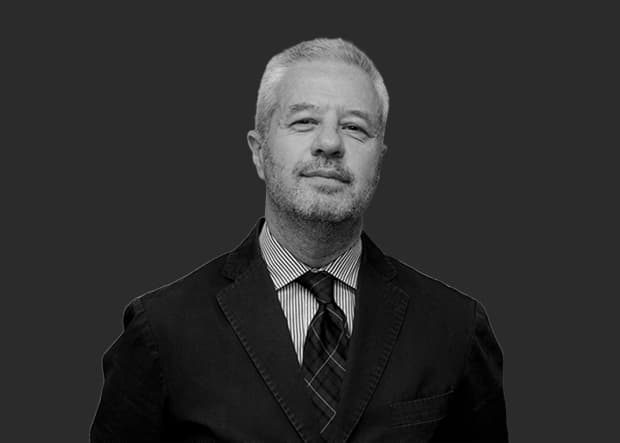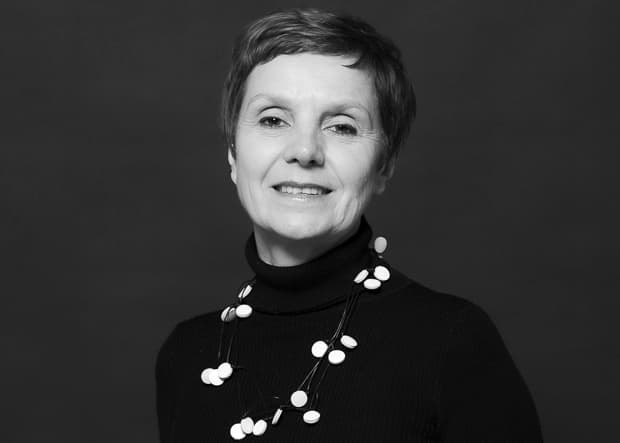Ricordando Pier Giacomo Castiglioni
Remembering Pier Giacomo Castiglioni


Testimonianze rese
a Giorgina Castiglioni
Un buon progetto comune di Alberto Bassi e Fiorella Bulegato
I fratelli Livio e Pier Giacomo, poi Achille, laureati in architettura, lavorano in studio assieme dalla fine degli anni Trenta all’inizio della seconda guerra mondiale, collaborando a progetti nel campo dell’architettura, dell’allestimento e dell’Industrial Design. Dai primi anni Cinquanta Pier Giacomo e Achille continuano l’attività, in un sodalizio che si interrompe nel 1968. Da quel momento Achille, che ha cinquant’anni, prosegue l’attività progettuale con importanti lavori nel campo dell’Interior, Exhibition e Industrial Design.
Come si può scrivere di Pier Giacomo senza par- lare di Achille?
Come si può parlare e scrivere di Achille senza parlare di Pier Giacomo?
E allora, a questo punto, bisogna in qualche modo ricominciare di nuovo. Molto è stato fatto in termini scientifici, molto rimane da approfondire: ricerche, studi, libri, mostre e ancora altro
su Pier Giacomo e Achille Castiglioni in attività insieme dal 1938 al 1968.
È giunto li momento di tornare a indagare, ad esempio ripartendo dalle fonti originali depositate presso gli archivi pubblici e delle famiglie, di fornire valutazioni storico-critiche competenti e
multidisciplinari sul loro lavoro, di ragionare puntualmente attorno ai contributi specifici, ai modi dell’operare comune e ai rapporti con le imprese, la cultura del periodo e i contesti.
Dedicando tempo e pazienza, ricucendo relazioni, intenzioni e interessi che di certo non possono essere distanti se l’obiettivo comune è quello di far conoscere e valorizzare al meglio li lavoro di due fratelli che hanno fatto la storia del design nel mondo.
Tempo, pazienza, ricerca, studio, un buon progetto comune.
Come facevano Pier Giacomo e Achille.
Testimonies shared with
Giorgina Castiglioni
A good joint project by Alberto Bassi and Fiorella Bulegato
The brothers Livio and Pier Giacomo, and later Achille, graduated in architecture and worked in the studio together from the late 1930s to the beginning of the Second World War, collaborating on projects in the field of architecture, outfitting and industrial design. From the early 1950s Pier Giacomo and Achille resumed this work, in a partnership that was interrupted in 1968. From then on, Achille, who was fifty at the time, continued the design activity with important works in the field of interior, exhibition and industrial design.
How can you write about Pier Giacomo without talking about Achille?
How can one speak and write about Achille without talking about Pier Giacomo?
And then, at this point, we somehow have to start over again. Much has been done in scientific terms, much remains to be explored: research, studies, books, exhibitions and more on Pier Giacomo and Achille Castiglioni working together from 1938 to 1968.
The time has come to resume research, starting with original sources in public and family archives for example, to provide expert and multidisciplinary historical-critical assessments of their work, to reflect carefully on their specific contributions, ways of working together and relations with companies, the culture of the period and the contexts.
Dedicating time and patience, and reconciling relationships, intentions and interests that must surely by aligned if the common goal is to promote and shine light on the work of two brothers who have made global design history.
Time, patience, research, study: a good joint project.
That is how Pier Giacomo and Achille worked.
© Tutti i diritti di riproduzione sono riservati.
